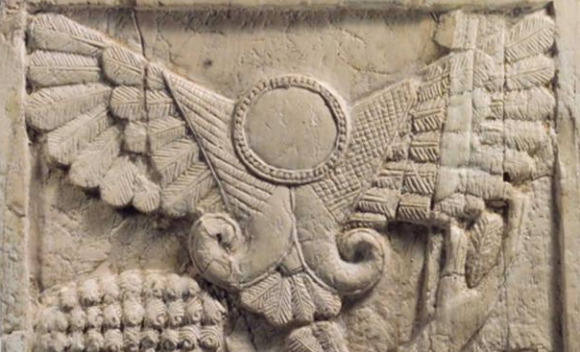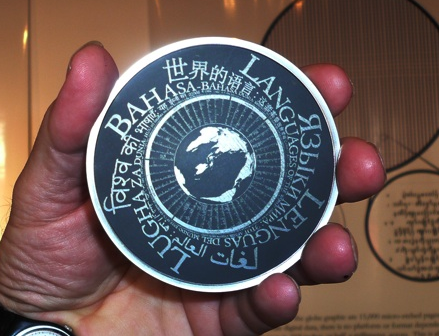The Comet Cometh?
Some thing are better left in the sky where they belong…
From Ancient Origins,
The Comet that Changed Civilization – And May Do Again
“On 30 September this year the first human spacecraft ever to orbit a comet was deliberately crashed onto its surface in order to get the closest possible pictures of the enigmatic celestial body. This will end its mission that began when the vessel was launched over twelve years ago. During the past two years the European Space Agency’s Rosetta probe has been circling the comet millions of miles from Earth, making unprecedented close-range observations of Comet 67P/Churyumov–Gerasimenko (named after the two astronomers who discovered it).
One of the spacecraft’s most significant accomplishments is to have taken readings of the comet’s makeup, determining that it contains some of the basic building blocks of life. Cometary impacts, it seems, may have helped start life on Earth. But comets, such as the focus of the Rosetta mission, have also posed threats to earthly life. 67P/Churyumov–Gerasimenko is around two and a half miles across; if it hit the Earth— which thankfully it won’t— it could put an end to civilization as we know it. A comet just 500 feet in diameter is believed to have caused the Tunguska event of 1908, when it exploded over a remote area of Siberia with the force of a fifteen megaton bomb, flattening 1000 square miles of forest. But the Tunguska comet was miniscule compared to one, estimated to have been around ten miles wide, which almost collided with our planet three and a half thousand years ago…”
For the rest, click here.
P.S. Our friends over at the Long Now Foundation created something amazing called the Rosetta Disk – and here’s something that not very many people know: The Rosetta Disk hitched a ride on the Rosetta probe. Learn more about this adventure here.
“But it was not the very first disk. That one is in space. In 2004 the Rosetta Space Probe was launched by the European Space Agency. This small craft was created to land on a comet in 2014. Before it blasted off, the ESA contacted us because we share names. They asked if we’d like to mount a version of the disk on their probe. Of course we would! We had manufactured a pure nickel disc with a subset of 6,000 pages of language translations, which was mounted on the payload section of the probe…“
Share

